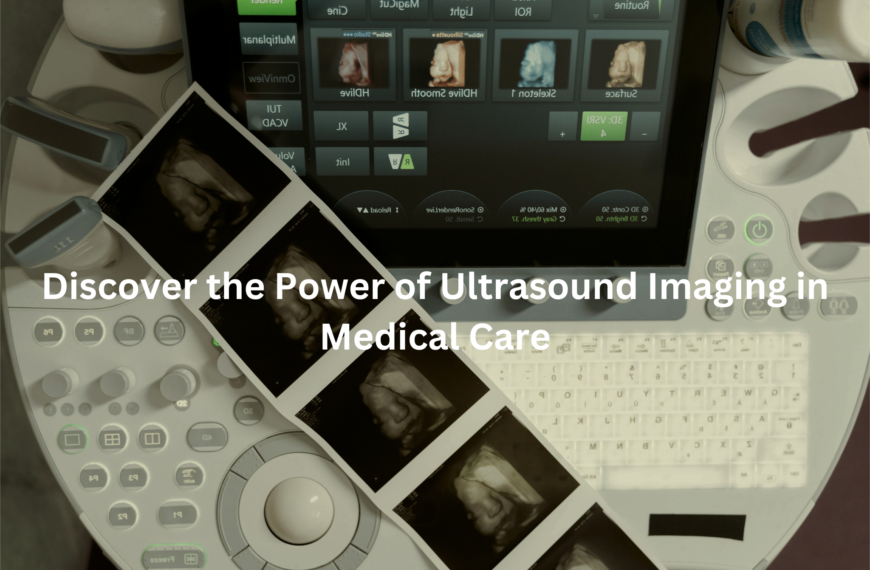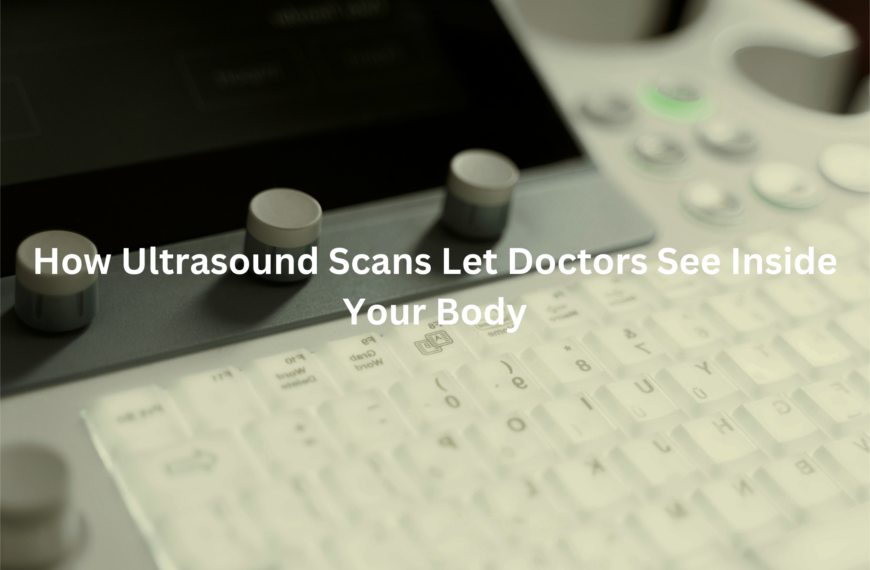Learn how contrast CT scans enhance diagnosis by improving image clarity and identifying key health conditions.
Contrast CT scans are vital for obtaining clearer and more detailed images of internal structures. By enhancing the visibility of blood vessels, soft tissues, and organs, contrast agents significantly improve the diagnostic value of a CT scan. These scans can detect conditions such as blockages, aneurysms, and kidney stones, offering a more accurate picture of your health.
Key Takeaway
- Improved Image Clarity: Contrast agents make it easier to differentiate between tissues, leading to more accurate diagnoses.
- Better Detection of Health Issues: Useful for identifying vascular conditions like blockages, aneurysms, and blood clots.
- Risk Management: While generally safe, contrast agents require proper preparation, especially for patients with kidney concerns or allergies.
What is Contrast in CT Scans?
Contrast in CT scans refers to the use of special agents that improve the visibility of internal structures within the body. These agents make it easier for doctors to distinguish between different types of tissues, blood vessels, and organs, which helps provide a more accurate diagnosis.
Without contrast, some conditions could be hard to detect because certain structures might look similar on a regular CT scan. By enhancing the clarity of the images, contrast allows radiologists to detect problems like blockages, aneurysms, and infections, which could otherwise be overlooked.
Contrast agents come in several forms, but they all serve the purpose of increasing the contrast between tissues, allowing the doctor to get a clearer picture. In fact, for some areas of the body—like the brain, abdomen, and blood vessels—contrast is essential to obtain a detailed scan.
It can be seen as the unsung hero of medical imaging, enabling doctors to catch issues early when they’re easier to treat. (1)
Types of Contrast Agents
There are different types of contrast agents used in CT scans, depending on the area being examined and the diagnostic needs.
Iodinated Contrast Agents
These are the most common contrast agents used in CT scans. Iodine, a key component, absorbs X-rays, which is why it stands out in the imaging process. There are two types:
- Non-Ionic Contrast Media: These are considered safer and are typically used in Australia. They don’t dissociate into ions in the bloodstream, making them gentler on the body. These are often injected intravenously for a range of procedures, including vascular imaging and CT angiography.
- Barium Sulfate: Unlike iodine-based contrast agents, Barium Sulfate is typically used for imaging the gastrointestinal tract. It is usually ingested or introduced rectally to help highlight the organs in the digestive system, making them easier to examine.
Negative Contrast Agents
These agents create a darker effect on CT scans. Air and water are the most common examples. By using these agents, radiologists can get a clearer view of certain areas, especially the lungs and intestines. They work by making areas filled with air appear dark, allowing other structures to stand out in the scan.
How Contrast Agents are Administered
Depending on the purpose of the scan, contrast agents can be administered in different ways:
- Intravenous Injection: The most common method for vascular imaging, it delivers the contrast agent directly into the bloodstream, allowing doctors to assess blood vessels and organs more clearly. It is particularly useful for detecting blockages, aneurysms, and other vascular conditions.
- Oral Contrast: For abdominal or gastrointestinal CT scans, patients may be asked to drink a liquid contrast agent before the scan. This helps to highlight the stomach and intestines, providing a clearer view of these organs.
- Rectal Contrast: In some cases, especially when imaging the lower gastrointestinal tract, a contrast agent might be administered through the rectum. This helps outline the intestines and colon, making them visible on the CT scan.
Benefits of Contrast in CT Scans
The addition of contrast significantly enhances the diagnostic quality of a CT scan. Here’s why:
- Enhanced Visualisation: Contrast makes it easier to distinguish between normal and abnormal tissues. It helps doctors spot even the smallest changes or abnormalities that could otherwise be missed.
- Detailed Vascular Assessment: One of the most common uses for contrast is in vascular imaging. It allows doctors to identify blood clots, blockages, or aneurysms with much greater accuracy.
- Gastrointestinal Imaging: When examining the digestive system, contrast agents provide a better visualisation of the stomach, intestines, and colon, helping to identify issues like ulcers, tumours, or blockages.
In short, the benefits of contrast in CT scans are clear. Whether you’re getting a scan for vascular concerns, abdominal pain, or something else, contrast ensures that the results are as precise as possible. It’s a game changer when it comes to detecting problems early, which can make all the difference in treatment outcomes.
Risks and Side Effects of Contrast Agents
Despite their many benefits, contrast agents come with a few risks and potential side effects. Most people will have no issues, but it’s important to be aware of the possible reactions:
- Allergic Reactions: Some people may be allergic to contrast agents. These reactions can range from mild (itching or a rash) to severe (anaphylaxis, which is a potentially life-threatening reaction). It’s important to inform the medical team of any known allergies before the scan, so they can take appropriate precautions.
- Contrast-Induced Nephropathy (CIN): This is a potential risk for patients with pre-existing kidney problems. CIN is a condition where kidney function temporarily worsens due to the contrast agent. However, it’s typically reversible with proper management and care. If you have a history of kidney disease or diabetes, your doctor will likely assess your kidney function before administering contrast.
Even with these risks, the benefits of contrast usually outweigh the potential harm, particularly when the scan is necessary for an accurate diagnosis. However, it’s crucial to take precautions, especially for people with pre-existing conditions. (2)
RANZCR Guidelines on Iodinated Contrast Use
Credits: RANZCR: Royal Australian and New Zealand College of Radiologists
The Royal Australian and New Zealand College of Radiologists (RANZCR) has set out clear guidelines on the use of iodinated contrast agents to ensure safety:
- Risk vs. Benefit: If the diagnostic benefit of using contrast is high, it should be used even in patients with compromised renal function. The decision is based on a careful assessment of the potential benefits and risks.
- Emergency Procedures: In cases of emergency, such as trauma or acute conditions, the priority is immediate imaging, and delays to assess renal function are generally avoided.
- Pre-procedure Assessments: For patients with kidney issues or those at higher risk (e.g., diabetes), renal function should be assessed before the scan. If necessary, hydration protocols or other measures may be taken to reduce the risk of CIN.
- Kidney Function: Generally, if a patient’s estimated glomerular filtration rate (eGFR) is greater than 45 mL/min/1.73 m², they are considered at low risk for kidney complications related to contrast. For those with lower eGFR, extra precautions are taken.
These guidelines ensure that the use of contrast is safe and appropriate, taking into account the patient’s medical history and the urgency of the scan. By carefully weighing the risks and benefits, doctors can ensure that contrast agents are used effectively without causing harm.
Preparation for a CT Scan with Contrast
If you’re scheduled for a CT scan with contrast, there are a few things you need to know to prepare:
- Eating and Drinking: Some doctors may ask you to fast for several hours before the scan, especially if you’re having a scan with oral contrast. This helps prevent any interference with the imaging process.
- Hydration: Staying hydrated before the scan is essential. Drinking plenty of fluids can help flush the contrast agent out of your system after the scan, reducing the risk of any kidney complications.
- Medications: Make sure to inform your doctor about any medications you’re currently taking. Some medications, particularly those that affect kidney function, might need to be adjusted before the scan.
By following these guidelines, you can help ensure that your CT scan goes smoothly and provides the most accurate results.
Special Considerations for Certain Conditions
Certain health conditions require extra precautions when undergoing a CT scan with contrast:
- Kidney Disease: If you have kidney disease or impaired kidney function, your doctor will assess whether the benefits of the scan outweigh the potential risks. In some cases, the contrast might be avoided or other measures may be taken to protect your kidneys.
- Pregnancy: While CT scans with contrast are generally not recommended during pregnancy, alternative imaging options might be considered. Always consult your healthcare provider before undergoing a scan if you’re pregnant or planning to become pregnant.
- Allergic Reactions: If you have a history of allergies to contrast agents, be sure to inform your medical team. They might take extra steps to ensure you’re safe during the procedure, such as using different contrast agents or providing medications to prevent allergic reactions.
Conclusion
CT scans with contrast agents offer invaluable diagnostic benefits. By improving image clarity, they help doctors identify conditions that may otherwise go undetected. While there are risks involved, particularly for those with kidney problems or allergies, these can be managed with proper preparation and medical oversight.
The RANZCR guidelines ensure that contrast agents are used safely, prioritising patient health while enabling accurate, timely diagnoses.
FAQ
What is a CT scan, and how does it work?
A CT scan, also known as a CAT scan, uses X-ray beams to create detailed images of the body. These images help doctors see inside and examine organs, bones, and soft tissues. The CT scanner spins around you, taking pictures from different angles. It then combines these images to form a 3D image. This imaging test can help doctors diagnose various conditions, such as kidney stones or blood clots.
How does a CT scan differ from a regular X-ray?
While both CT scans and X-rays use ray beams, a CT scan creates more detailed images. A regular X-ray gives a 2D image, while a CT scan provides 3D images, making it easier for doctors to see inside the body. CT scans are also more useful for examining soft tissue and blood vessels, unlike regular X-rays, which focus mainly on bones.
What is the role of CT contrast in imaging?
CT contrast is a substance that enhances CT scan images. It helps make blood vessels, soft tissues, and organs more visible in CT images. The contrast can be injected into your arm or hand (IV contrast) or taken by mouth (oral contrast) for certain exams, like an abdominal CT or pelvic CT. The contrast dye helps highlight areas in the body that might otherwise be hard to see.
Are there any risks with CT contrast?
Like any medical procedure, using CT contrast comes with some risks. The contrast dye can cause side effects, such as a mild rash or itching. In rare cases, more serious reactions can occur. It’s important to let your doctor know if you have a history of kidney disease or heart disease, as these conditions can increase risk factors. If you’re concerned, your healthcare provider will consider your medical history before administering contrast.
How is the contrast given during a CT scan?
Contrast for CT exams can be given in a few ways. The most common method is through an intravenous (IV) injection, where the contrast dye is injected into your arm or hand. For some CT scans, such as abdominal CT or pelvic CT, you may be asked to drink oral contrast before the test. The contrast helps make certain body parts, like blood vessels and soft tissues, stand out in the images.
What should I do before a CT scan with contrast?
Before your CT scan, your doctor will give you instructions about fasting. You may be asked to stop eating or drinking for a few hours before the exam. It’s important to drink plenty of water before the exam as well, especially if you’re having IV contrast, to help clear the dye from your body. If you’re concerned about any medication you’re taking, be sure to discuss it with your healthcare provider beforehand.
How long does a CT scan take?
A typical CT exam might take around 10 to 30 minutes, depending on the body part being scanned. Some scans, like a CT angiogram, may take a bit longer. If contrast dye is used, there may be a short delay as the dye is injected, but most people find that the procedure goes quickly. After the scan, the technician will make sure everything went smoothly.
References
- https://www.healthdirect.gov.au/ct-scan
- https://www.betterhealth.vic.gov.au/health/conditionsandtreatments/ct-scan




